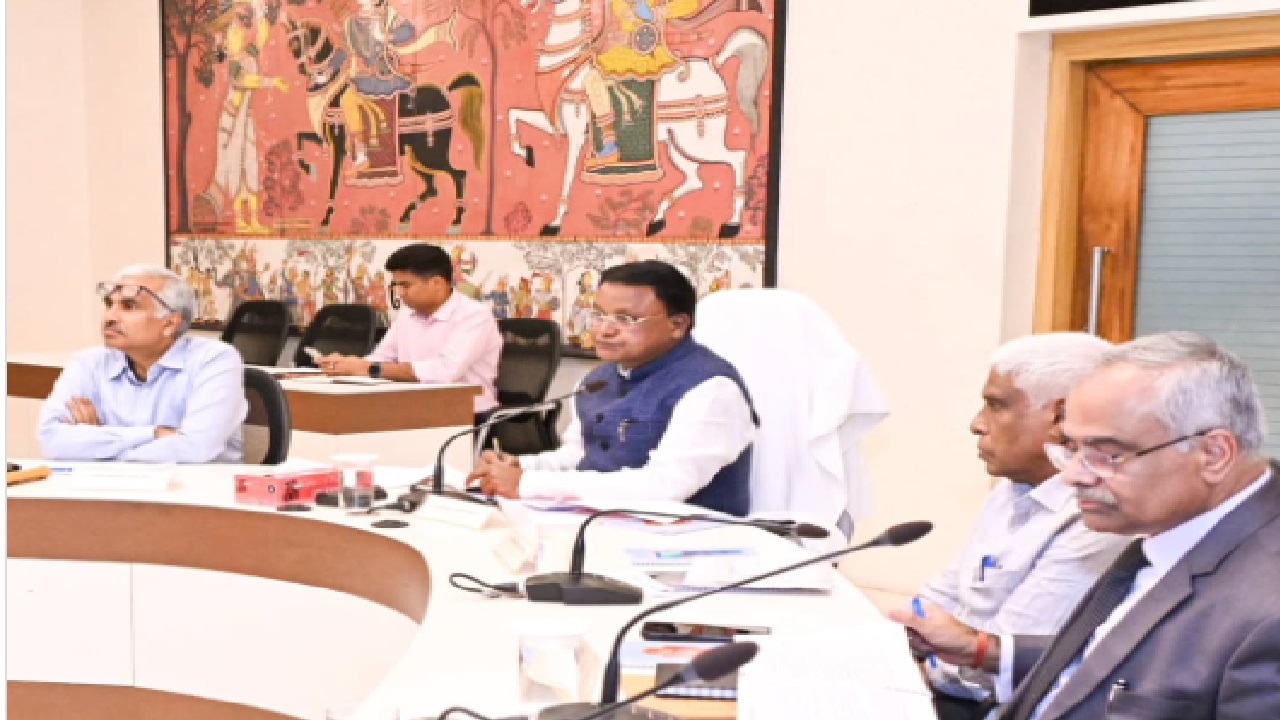The Necessity of the By-Elections
On June 23, 2025, Odisha will witness a crucial phase of grassroots democracy as by-elections are held to fill 43 Sarpanch and 272 Ward Member posts across the state. These elections have become necessary due to vacancies caused by deaths, resignations, disqualifications, and in many cases, the de-reservation of seats where no eligible candidates from reserved categories could be fielded.
While such by-elections are routine in a democracy, the current ones are loaded with political significance, especially in the run-up to future Assembly and Lok Sabha elections. They are more than just rural administrative formalities—they are a barometer of political mood and organizational strength at the village level.
The Stakes: BJP’s Rural Relevance on Trial
For the Bharatiya Janata Party (BJP), these by-elections are nothing short of a litmus test. Despite being a dominant national party, the BJP has often struggled to make deep inroads into Odisha’s panchayat politics, traditionally dominated by the Biju Janata Dal (BJD). With the BJD’s strong grassroots machinery and long-standing rural connect, the BJP’s attempts at expanding its presence at the micro-political level have largely remained symbolic or urban-centered.
These rural by-polls, therefore, present the BJP an opportunity to recalibrate its strategies and assess its local organizational strength. Can the BJP, which commands significant mindshare nationally, translate its national narratives into local resonance in Odisha’s heartland?
The answer may lie in the outcome of these elections. Winning key Sarpanch and Ward Member positions will signal that BJP’s grassroots connect is evolving beyond rhetoric, and that it’s beginning to challenge BJD’s monopoly even in rural bastions.
A Complex Political Terrain
The challenge is steep. The by-elections span multiple districts including Kendrapara, Keonjhar, Sambalpur, Balangir, Boudh, and Mayurbhanj—regions where local identities, caste equations, and development issues often override national agendas. The Model Code of Conduct, already in place since May 20, will limit last-minute political maneuvering, demanding that parties show real groundwork rather than depending on campaign flair.
Additionally, the 771 fresh Ward Member elections, arising from de-reserved seats due to a lack of eligible candidates from reserved categories, present a sensitive and socially nuanced battleground. Political parties will need to demonstrate inclusiveness and adaptability to navigate this space without alienating core voter groups.
The Village as the New Voter Battleground
These by-elections may not dominate primetime headlines, but their impact could ripple far beyond the gram panchayats. For the BJP, a strong performance will send a message that its rural outreach programs and ideological presence are working on the ground. For the BJD, it will be about retaining its grassroots hegemony and proving that local governance remains its stronghold.
Ultimately, the June 23 by-polls are a reminder that true political legitimacy in India is earned not just in Parliament, but in the panchayats. Whoever masters the rural pulse today may well define the future of Odisha’s—and perhaps even India’s—electoral direction.
(With agency inputs)








